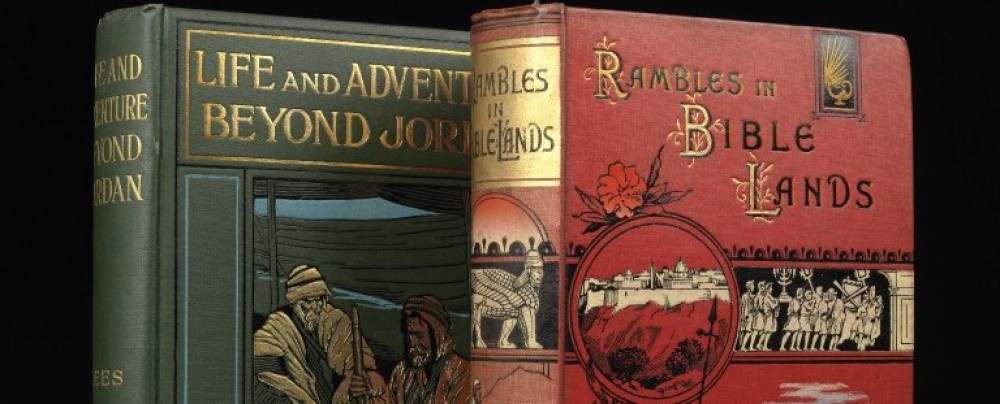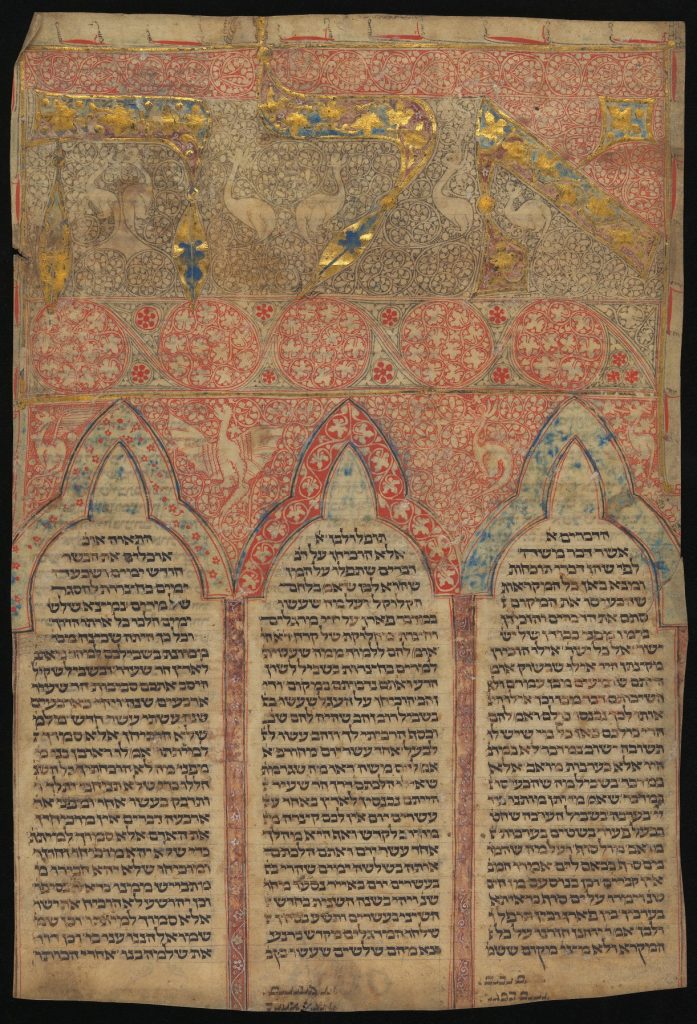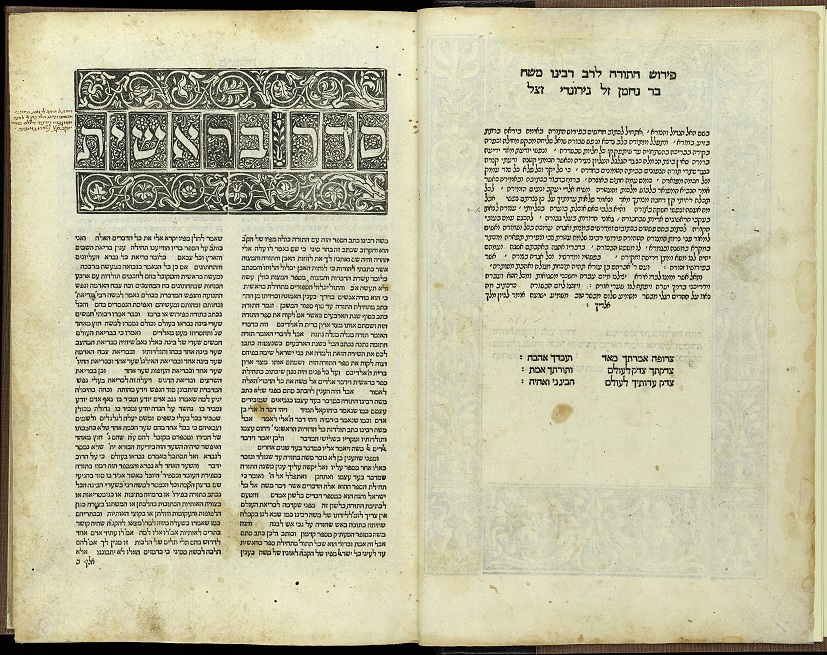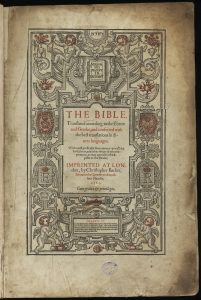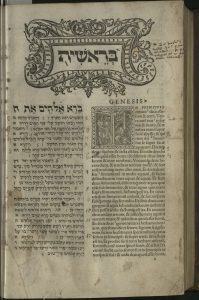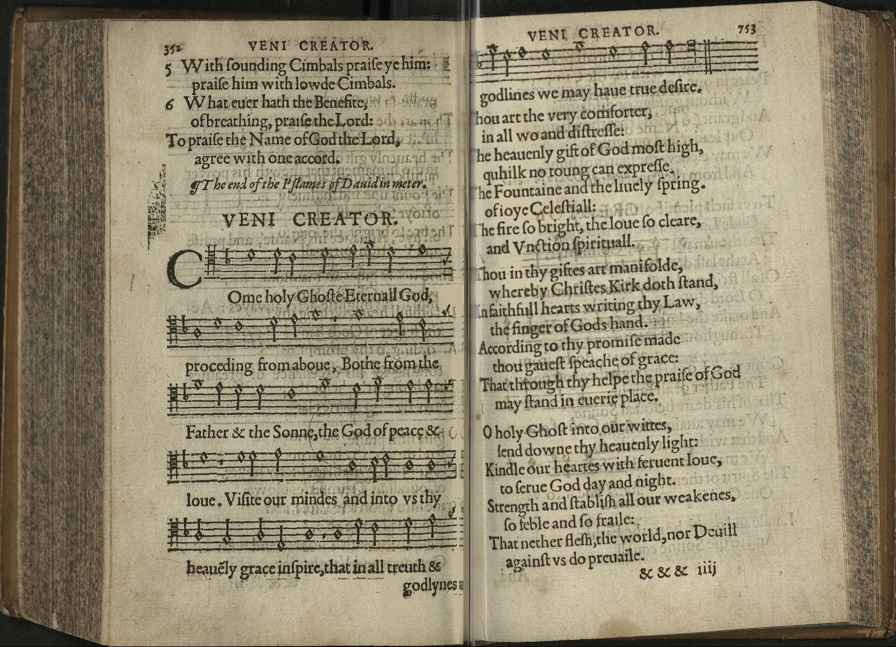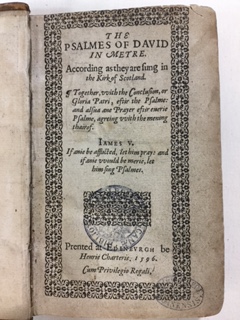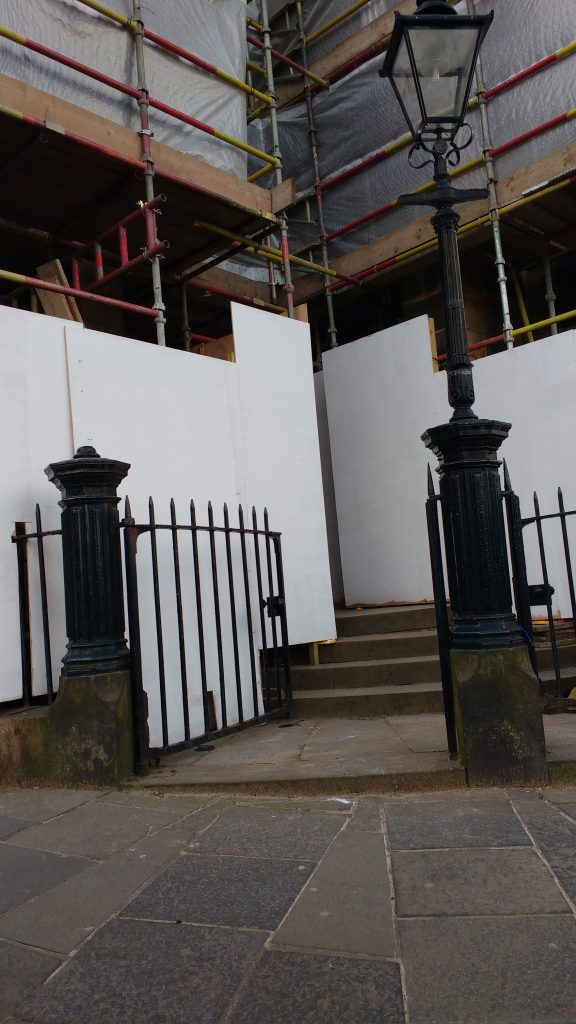The British Association for Jewish Studies Conference to Edinburgh at New College today covers a wide range of topics under its theme of ‘Jews on the Move’ including the theme of Jewish-Christian relations. New College Library’s collections from the nineteenth and early twentieth centuries provide a window into Jewish-Christian relations, particularly through travel writing, and through development of missions to Jews in the Middle East.
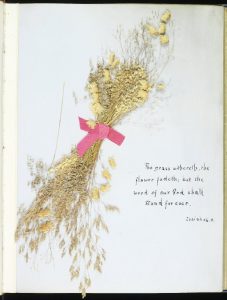
Bible Plants, 1887
New College Library’s collections are rich in the area of nineteenth century Christian encounters with Jews, usually in the form of mission to Jewish communities. The New College object collections include objects collected from trips to the Holy Land, including the pressed flower album of ‘Bible Plants’ above, phylacteries, a prayer shawl and a scale model of the Temple of Jerusalem. The book and archive collections include some fascinating materials from the Church of Scotland’s development of missions to Jews in the Middle East, including books, archives and objects relating to Rev. Andrew A. Bonar and Rev. Robert Murray McCheyne. Bonar and McCheyne were appointed by the Church of Scotland in 1838 as part of a deputation to visit Jewish communities in Europe and the Middle East, with a view to future mission activity.
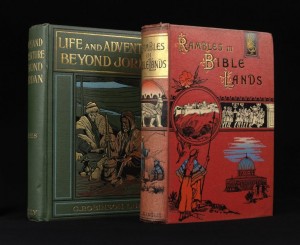
Books from the William Foakes Jackson Collection
The William Fulton Jackson Collection preserves the collection of man who was an enthusiastic armchair traveller to the Holy Land, with a popular, rather than academic interest in Israel and Palestine. His collection also includes many works on Jewish Studies, including encyclopedias and dictionaries, and demonstrates a keen interest in understanding Jews and Judaism.
New College Library’s Pamphlets Collection of over 35,000 items reflects a deliberate policy from the foundation of New College library in 1843 to collect pamphlets and ephemera on historical, religious and current issues. The collection includes these three pamphlets are examples of the publisher Victor Gollancz’s campaign to draw attention to the plight of the Jews in Europe and to demand that the British Government provide rescue and sanctuary for Jewish victims.
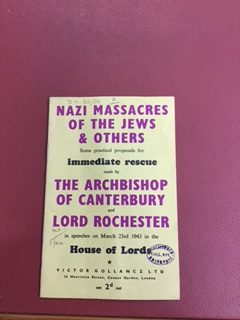
Nazi massacres of the Jews & others : some practical proposals for immediate rescue made by the Archbishop of Canterbury and Lord Rochester in speeches on March 23rd 1943 in the House of Lords. London, Gollancz, 1943. Z.h.30/24
One of the founders of the Council of Christians and Jews in 1942, Temple was at the forefront of the campaign to draw attention to the plight of the Jews in Europe and to demand that the British Government provide rescue and sanctuary for Jewish victims. His speech urges:
“The Jews are being slaughtered at the rate of tens of thousands a day on many days … we cannot rest as long as there is any sense among us that we are not doing all that might be done.”
Sadly no changes to refugee policy were made by the British Government and after William Temple died in 1944, the impetus for rescuing the Jews did not continue.
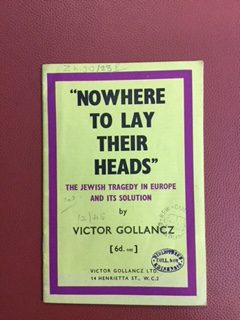
“Nowhere to lay their heads” : the Jewish tragedy in Europe and its solution. London : Gollancz, 1945. Z.h.30/33
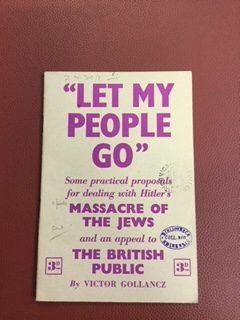
“Let my people go” : some practical proposals for dealing with Hitler’s massacre of the Jews and an appeal to the British public. London : Gollancz, 1943. Z.h. 30/1
Christine Love-Rodgers – Academic Support Librarian, Divinity
 Over this summer, our three student interns, Thomas, Holly and Mila have been hard at work behind the scenes in New College Library’s Stack III. Their task was to work with the X Collection, a collection of large (folio) early printed books. Over the years this collection had gathered a layer of dust, which our interns carefully removed with a museum book hoover. Having our interns handling each of these books was also a great opportunity to learn more about them, and to understand how the collection was composed in terms of date, language and place of publication. These details were logged using methodology adapted from projects on collections in National Trust Houses.
Over this summer, our three student interns, Thomas, Holly and Mila have been hard at work behind the scenes in New College Library’s Stack III. Their task was to work with the X Collection, a collection of large (folio) early printed books. Over the years this collection had gathered a layer of dust, which our interns carefully removed with a museum book hoover. Having our interns handling each of these books was also a great opportunity to learn more about them, and to understand how the collection was composed in terms of date, language and place of publication. These details were logged using methodology adapted from projects on collections in National Trust Houses.
